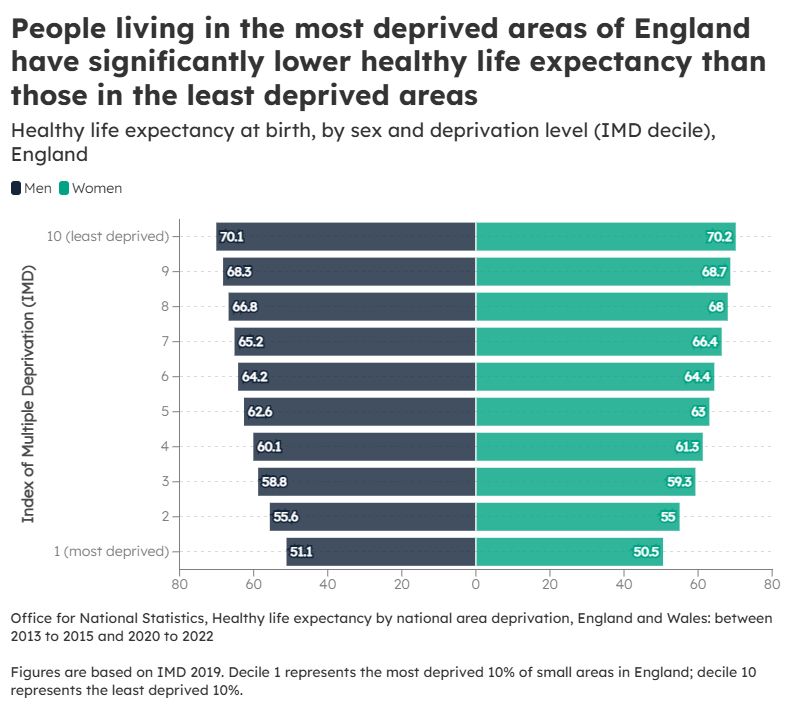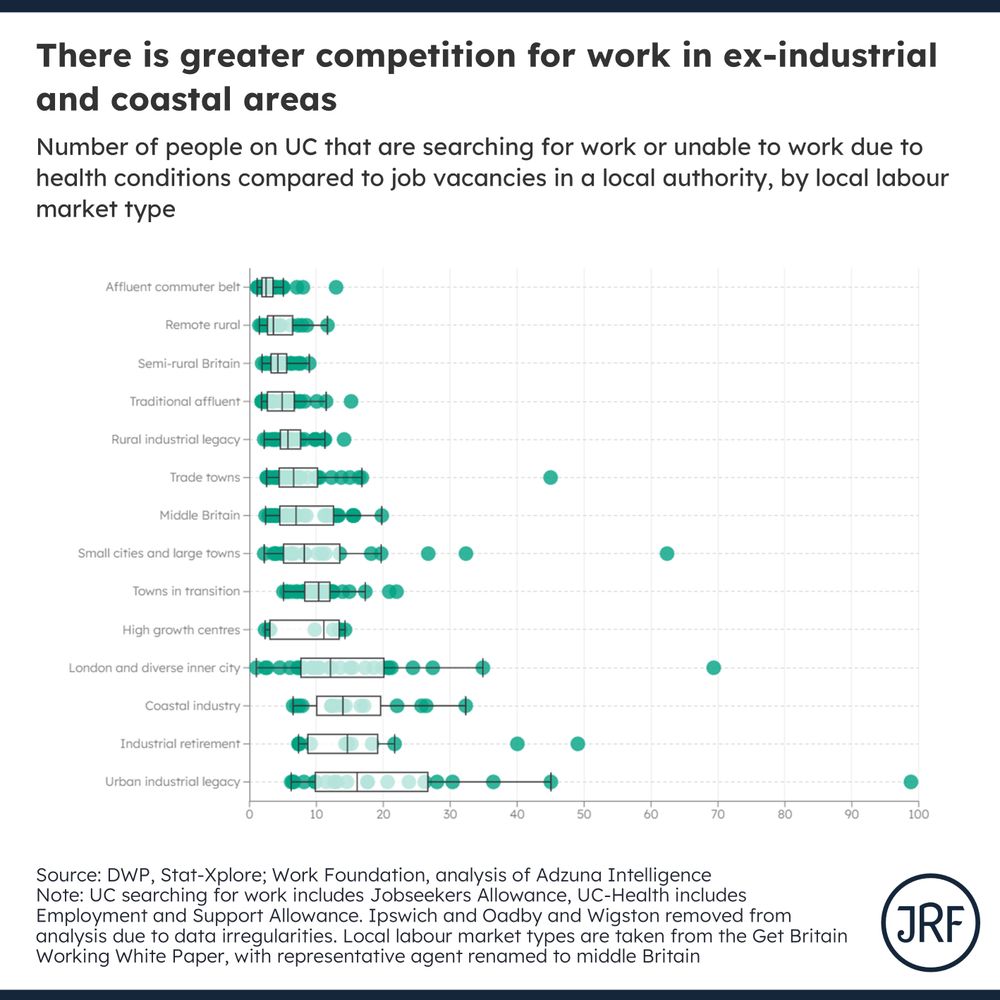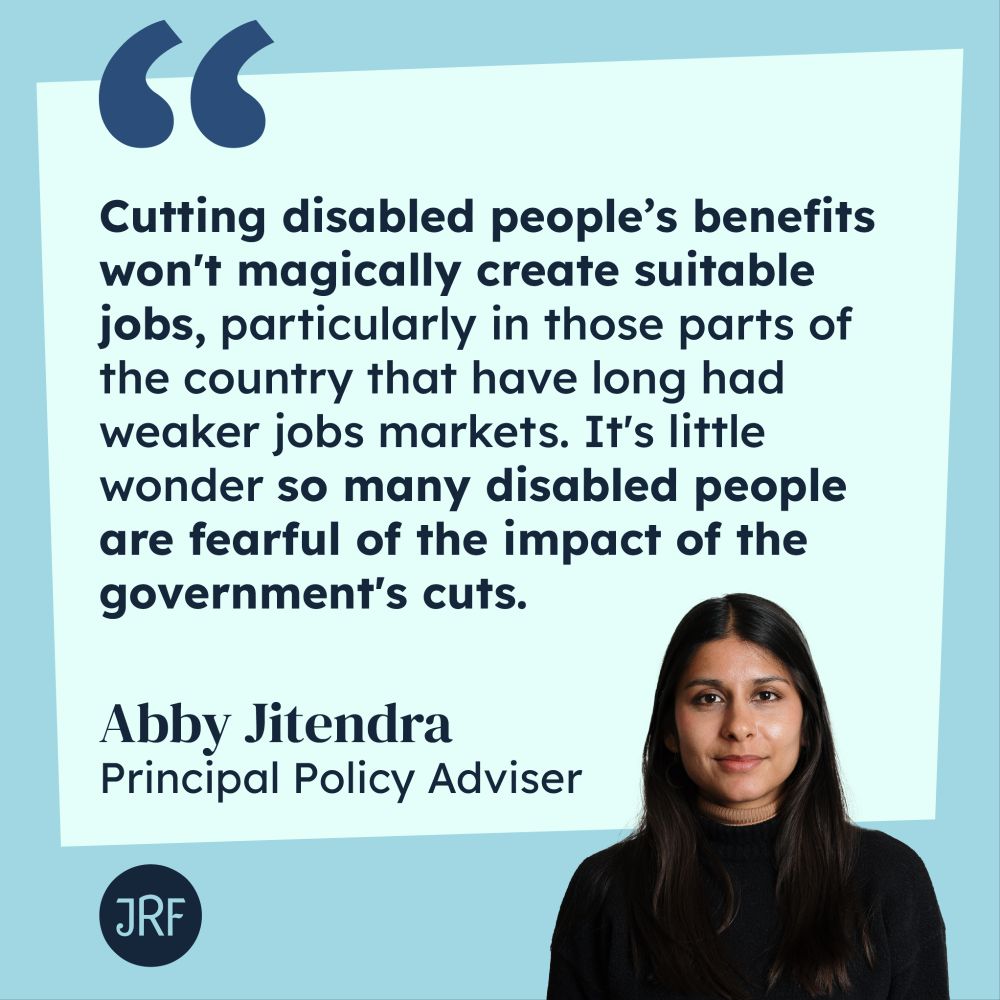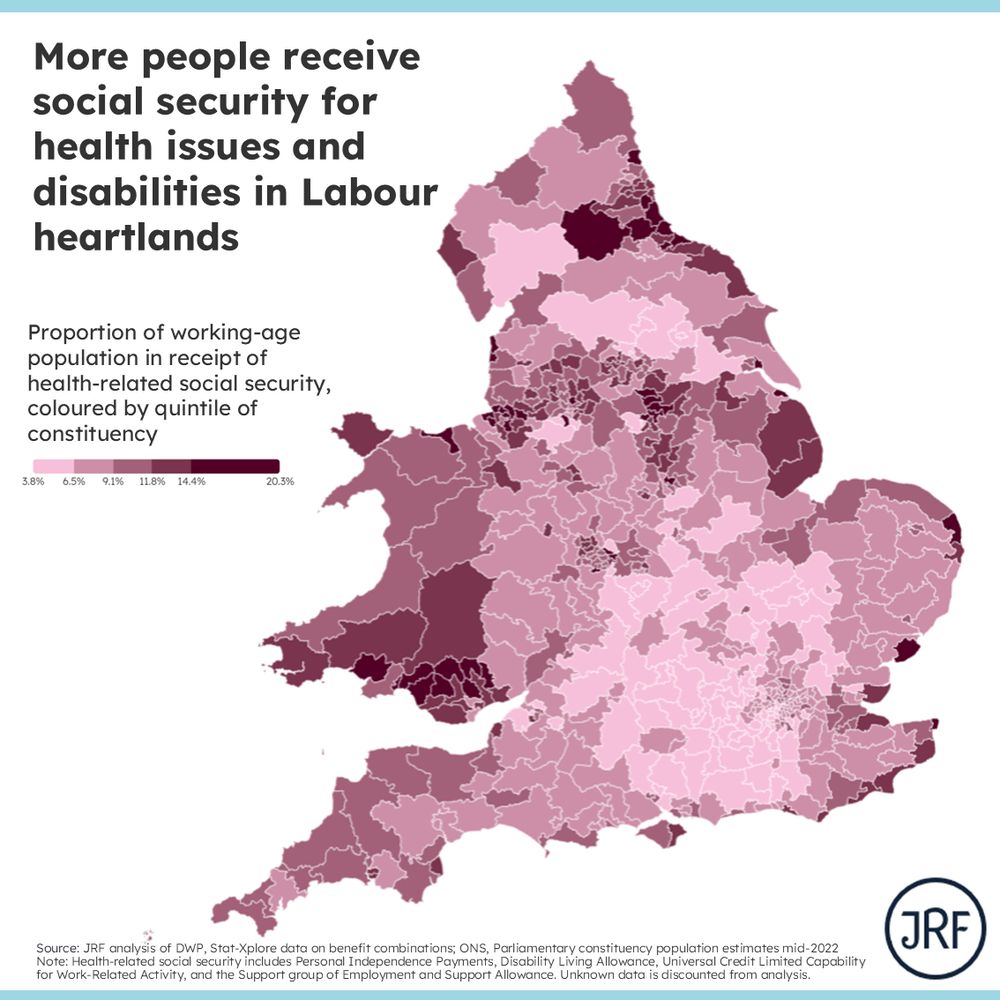Sam Tims
@sam-tims.bsky.social
530 followers
210 following
38 posts
Lead analyst at JRF researching and posting on social security, tax, the cost of living and other things too. Previously NEF, policy in Practice
Posts
Media
Videos
Starter Packs
Reposted by Sam Tims
Peter Matejic
@statspeter.bsky.social
· Jul 24
Reposted by Sam Tims
Reposted by Sam Tims
Reposted by Sam Tims
Sam Tims
@sam-tims.bsky.social
· Jun 24
Sam Tims
@sam-tims.bsky.social
· Jun 24
Sam Tims
@sam-tims.bsky.social
· Jun 24
Sam Tims
@sam-tims.bsky.social
· Jun 24
Sam Tims
@sam-tims.bsky.social
· Jun 24
Reposted by Sam Tims
Reposted by Sam Tims
Reposted by Sam Tims
Joe Farnworth
@joemfm.bsky.social
· Mar 27












